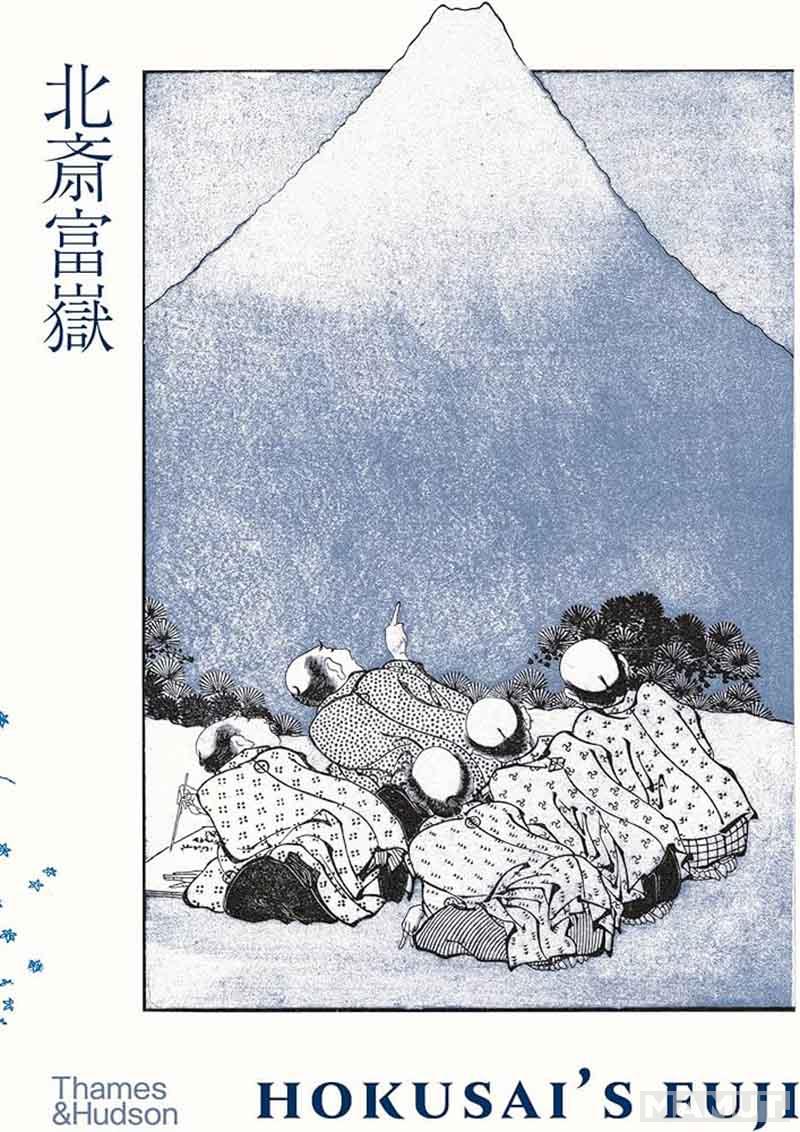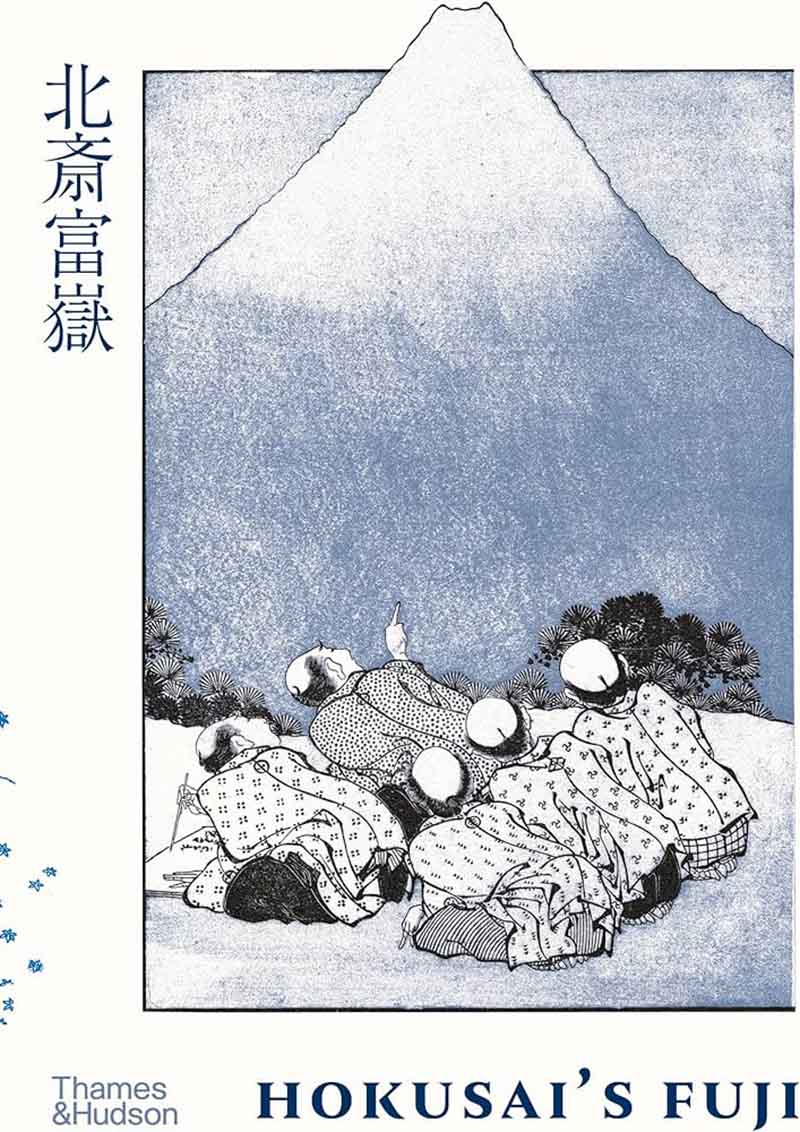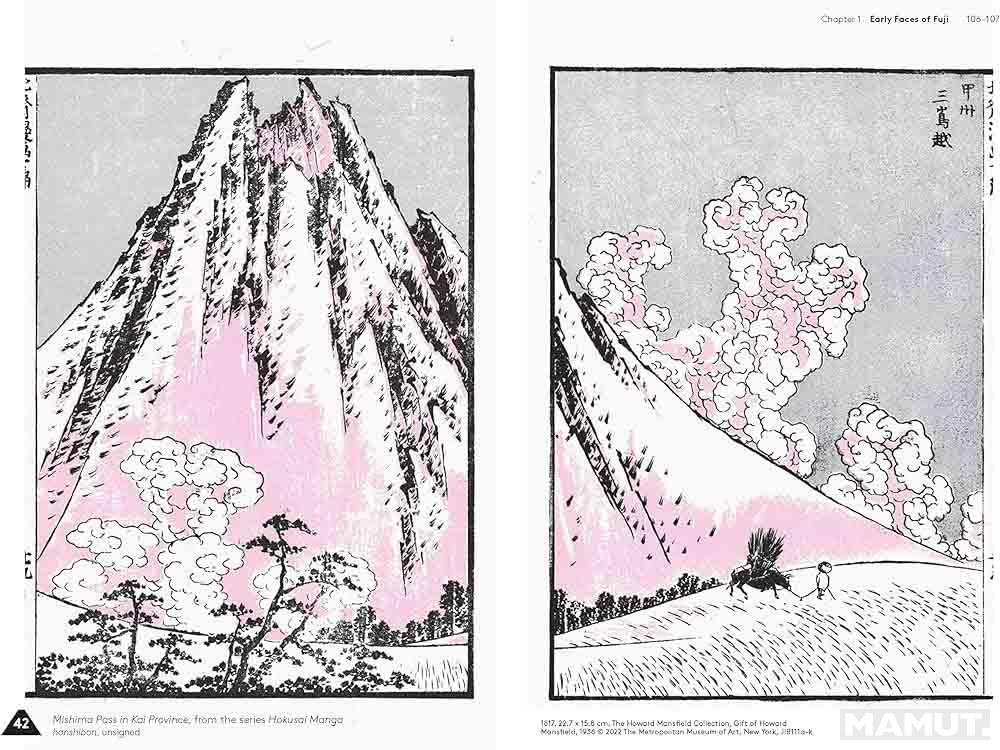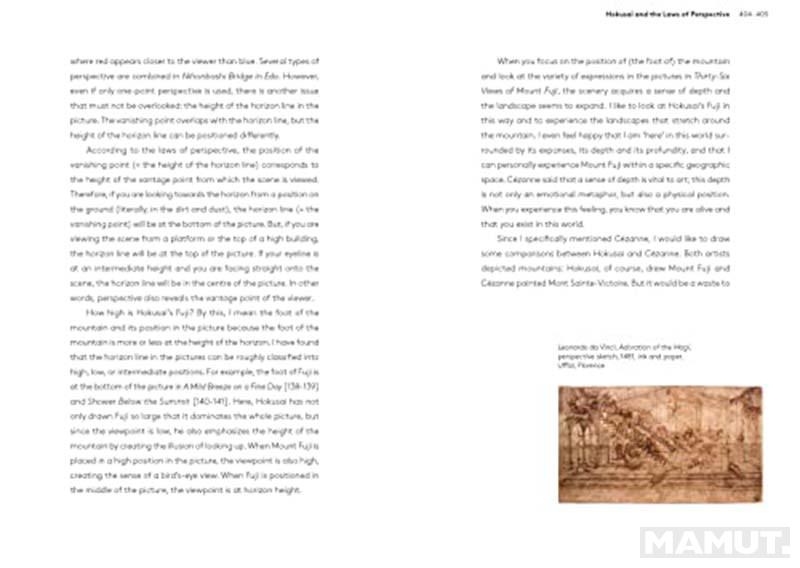Kupi ONLINE i uštedi









Kontaktirajte nas preko ovog linka.
| Karakteristika | Vrednost |
|---|---|
| Kategorija | ART ISSUES |
| Autor | Katsushika Hokusai |
| Težina specifikacija | 0.5 kg |
| Izdavač | THAMES AND HUDSON |
| Pismo | Latinica |
| Povez | Broš |
| Godina | 2023 |
| Format | 14x21 |
| Strana | 416 |

Kontaktirajte nas preko ovog linka.
Saznajte prvi o najboljim ponudama
